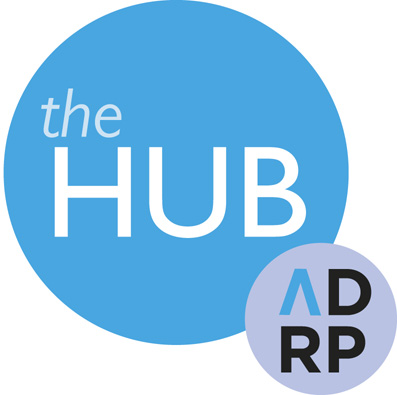 Roadmap for Donor Relations Roadmap for Donor Relations
DeWayna Hogue Pittman
Senior Consultant
Highland Advancement Solutions
Do you use GPS? You know, Good Planning Systems.
Not that many years ago, when we set off on a trip, we had several maps stuffed in the car door that we pulled out, unfolded, and tried to read before missing the exit. This eventually changed to printing step-by-step directions that still ended up folded and creased in the door. And then along came the portable positioning system receiver, which is now in your phone. Key in your destination, review the route, and off you go!
I imagine that many donor relations offices have a similar background. We’ve all had long lists of To Do actions that we’ve copied and shared in a meeting, or a spreadsheet where we tried to show how our efforts intersected with our colleagues’ work in advancement services or annual giving. And now many of us use different software packages to better track outcomes and to more efficiently manage projects.
A few years ago, I was tasked with documenting the donor relations program for my director. I soon discovered it would be a long process to complete what at first sounded relatively easy. What I hadn’t realized at the time was that many of the routine actions that I had been taught and now did automatically were not written down – anywhere. That task was always on someone’s to-do list, and it always fell to the bottom under other competing priorities. (You know what I mean, I see you nodding!)
Three months and many revisions later, the Donor Relations Program document was complete and accepted by leadership. One of the review meetings revealed that some of the directors were not aware of major projects that were in place; that duplicate efforts were wasting time; and that other teams were planning to launch new initiatives that would overlap with my plans. These roadblocks needed to be cleared.
A good planning system was implemented using Google sheets that were shared with all who needed to be involved. Including as many details as the author desired did not cause a challenge. Others could sort and filter, choosing to see exactly what was planned for a particular report or event. We mapped the fiscal year, involved colleagues in the office and across other departments, and navigated more smooth rides on the way to getting things accomplished on time.
A workflow (also in Google), already used by the advancement services team, was expanded to include donor relations, and later communications. Weekly meetings were more effective, as the larger team could see all that was happening and all upcoming actions and deadlines. Donors were better served when we could strategically plan email and social media messages so that duplicates were avoided and three were not delivered on the same day.
In cross-departmental efforts, we found that different protocols had been developed by varying teams, causing database issues and possibly confusing our donors. This caused us to detour and work on protocols that would apply across the entire organization and be followed by all offices. Instead of the donor getting mail addressed to Mr. and Mrs. Brown, Ms. Brown and Mr. Brown, and Tina and Tim Brown, one agreed-upon salutation is now used.
Processes were adopted that would encourage consistency and better time management. When Reunion planning starts, the food services manager is always consulted for any updates from previous events. Department heads are informed of scheduled meetings. Rooms are reserved and blocked on all calendars. Similarly, when a naming opportunity is discussed with a donor, a flag is entered in the database to show that a conversation is in progress, the space is marked ‘on hold’ on all related files, and the development director is notified. Simple things, but if this series of actions is not documented, a small detail can be missed that will cause a large setback and unnecessary maneuvering around curves in the road.
Investing in a beneficial system that will support all staff, documenting the plan, creating processes that will support the plan, and adhering to protocols that are in place for consistency will have you and your team cruising along to well-stewarded donors. Roadblocks and detours may cause you to adjust your route, but a Good Planning System will get you to your destination – on time and with a minimum of bumps!

Back to the September 2018 Hub
|